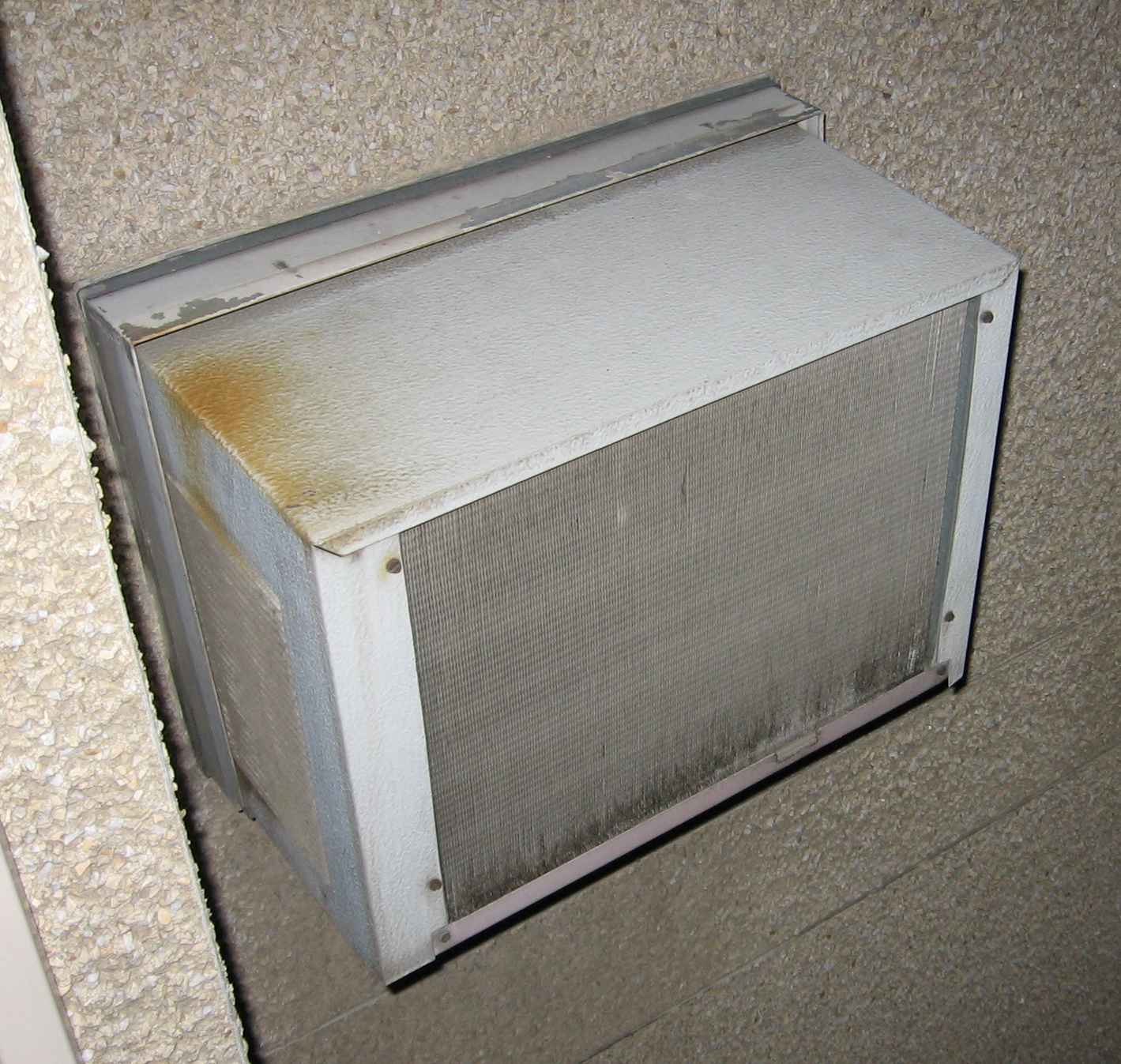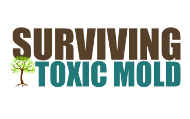|
Here are some common places where mold can grow and be found in your home, office, school or even vehicles of all types : Homes - Bathroom Areas
Under a sink is the most common place that toxic mold starts. Check pipes coming in from the main water line as well as seals around pipes.
Toxic mold can lurk between sinks and walls. Bathrooms are very high moisture areas and if this area between the sink and wall is not sealed off...it can be a breeding ground for mold growth. *This is dangerous. You many not notice this until you remove the sink or you GET SICK. Check, clean up and seal to prevent any future issues.
Over time sink knobs can loosen or cause leaks. Most of the time we see this as an annoyance and not a safety issue. This could not be farther from the truth. BEWARE...any small leak, even drops can cause deadly TOXIC MOLD to grow.
You many not think this is a big deal, but did you know that toxic mold left under the rim of toilets can put off mycotoxins that are damaging to your nervous system and respiratory system? Use a mask and gloves and always scrub up under the rim. DO NOT USE BLEACH. Always use either Baking Soda or Borax and rinse thorough
Most often when bathroom shower liners are installed they are sealed to prevent mold and moisture from getting behind them. However, after you've had a shower liner installed make sure to check every few months for wear as the seals can come loose over time. To re-do seals simply use a mask and gloves, spray area with 50/50 ammonia and water and then remove seal with knife, blade or screwdriver and re-apply sealant.
Grout in tile can either be 1. Not done right the first time by not having enough of the grout in between each tile or 2. Wear over time.
Baseboards can be a "not so obvious" place for toxic mold growth. Most people do not realize that when you are mopping your bathroom floor that if you mop and leave too much water it may not evaporate in time and also seep between the floor and wallboard and cause toxic mold growth. Make sure to wash floors in bathroom areas with either baking soda, borax solution or ammonia to prevent mold. Also make sure to wring out mops and do not leave any standing water after either bathing or cleaning.
Homes - Windows & Doors
Window Air Conditioners
Window Air Conditioners can be "death traps". They collect moisture from the outside and allow mycotoxins to be pushed into the home. Remove air conditioners in the winter months and make sure to take them apart and clean them with a solution of 50/50 ammonia and water OUTSIDE before putting them back into the windows. Failing to clean out your air conditioners each year raises your risk of mycotoxin exposure greatly!! Also this increases risk of contaminating your entire home.
Homes - HVAC Units & Systems
Condensation pans are under the system cooling coils. As the air passes through the coil, moisture from the air condenses and accumulates in this pan. When your HVAC system is operating properly, the pan will collect and quickly drains away all condensation. Unfortunately, your HVAC system may not always operate like it should. If the flow rate across the coil is too high, condensate can be carried downstream from the pan, soaking the ductwork and creating an environment in which mold can grow. Condensate pans can corrode through, allowing water to flood areas under the air handler.
Buildings - Ceiling Tiles
|

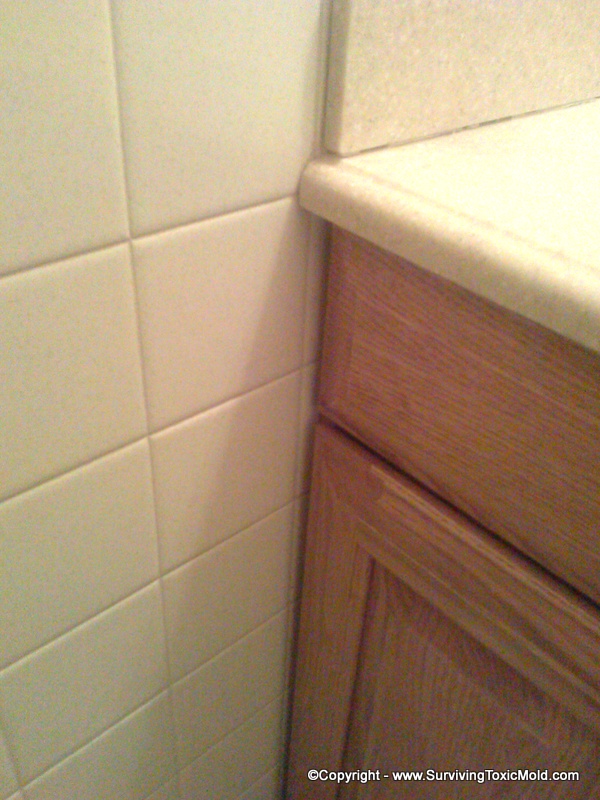 Under Sinks:
Under Sinks: 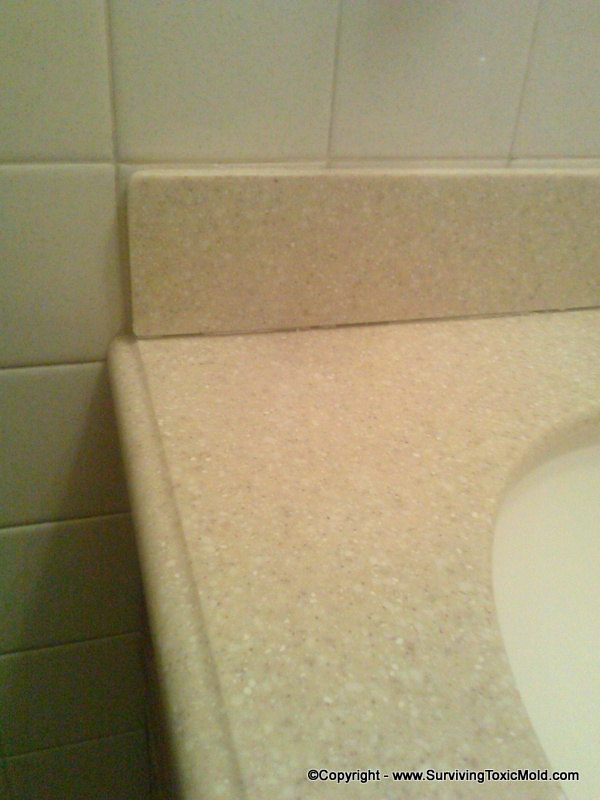 Between Sinks & Walls
Between Sinks & Walls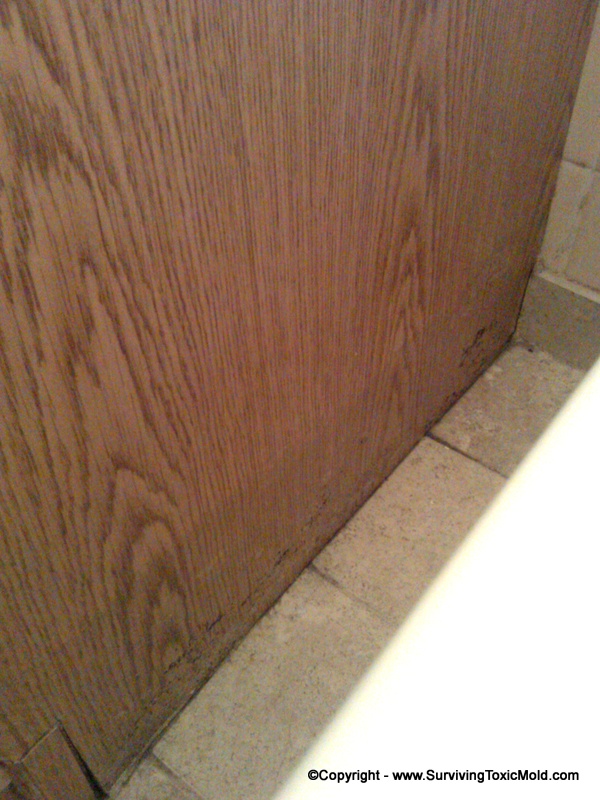 Between Sinks & Shower Tubs
Between Sinks & Shower Tubs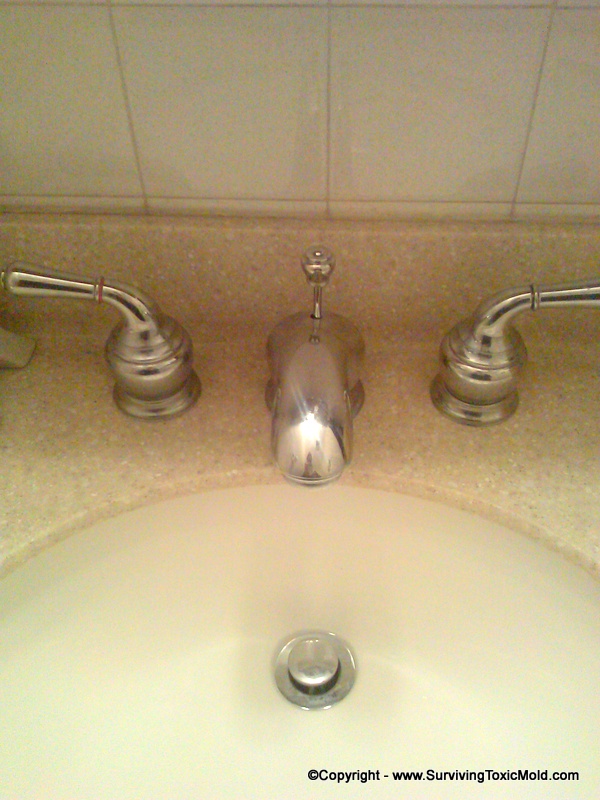 Sink knobs that are not properly tightened and sealed with waterproof sealant
Sink knobs that are not properly tightened and sealed with waterproof sealant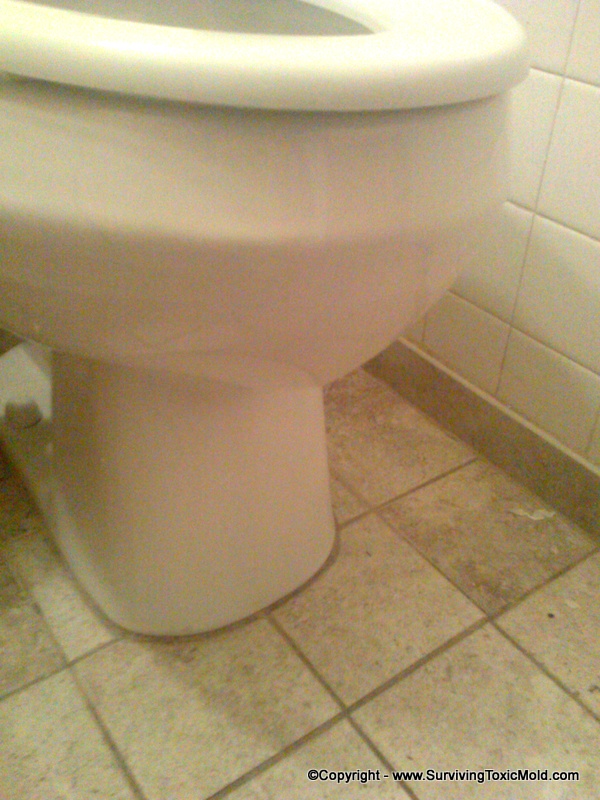 Under toilets
Under toilets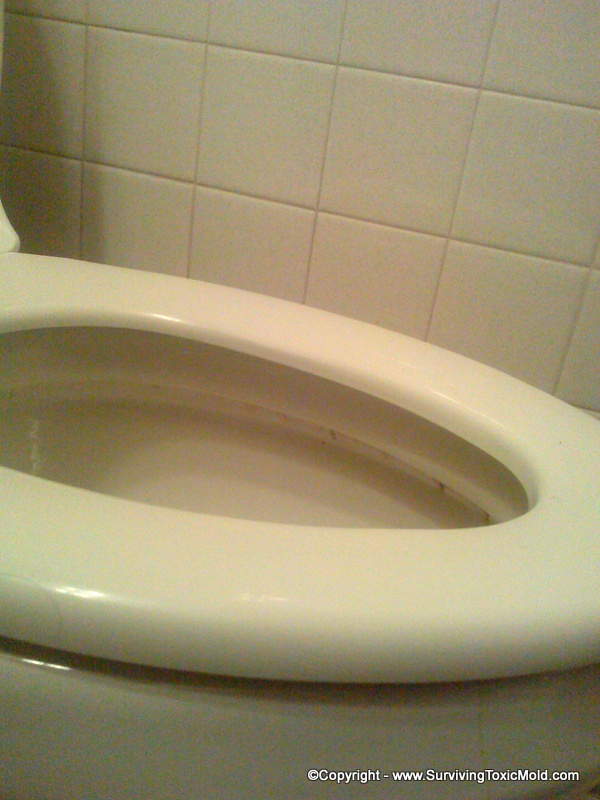 Inside toilet bowls under the rim
Inside toilet bowls under the rim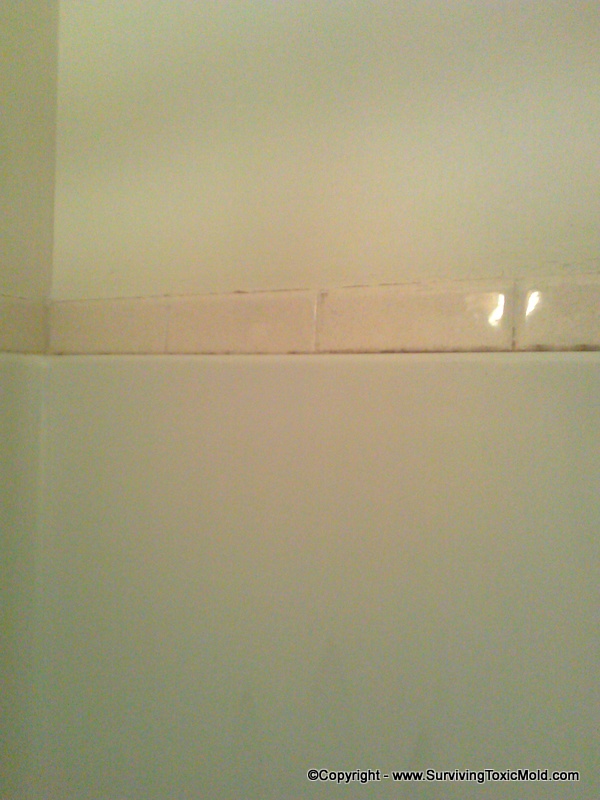 Between Shower liners and tiles
Between Shower liners and tiles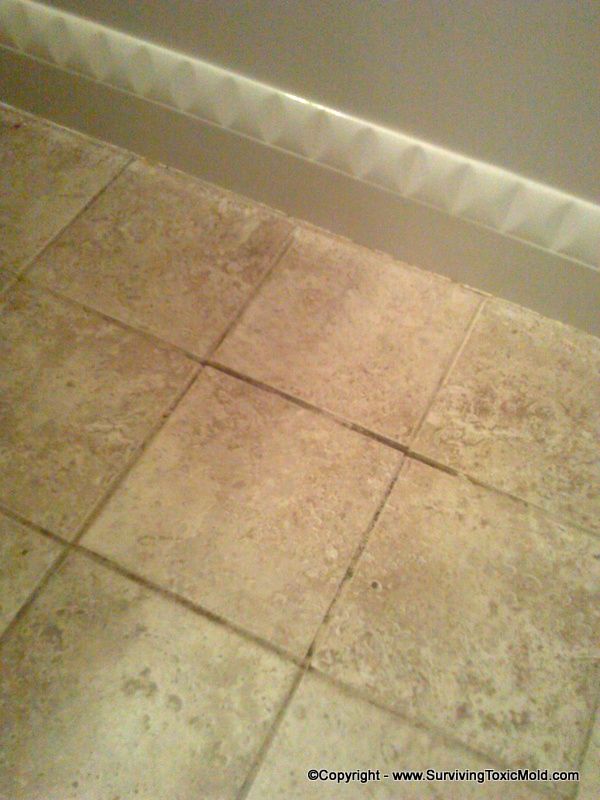 Tile Grout
Tile Grout Bathroom Baseboards
Bathroom Baseboards